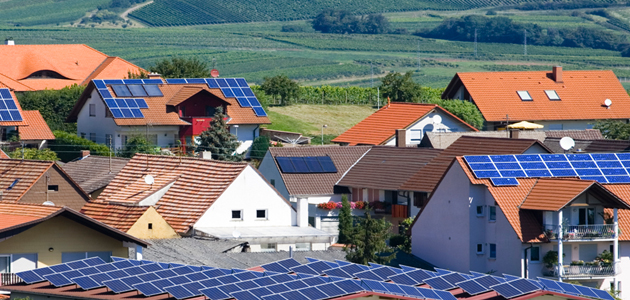Britain’s Rapid Rise in Renewables Prompts a DSO Role for Distribution Companies
Back to Top
Solar capacity in Great Britain has grown from a few hundred megawatts in 2011 to more than 13 GW in 2018, and now more than 50% of renewable generation and 25% of total generation capacity in Britain is connected to distribution feeders. Many grid-supply points are now exporting back into the transmission grid at times during the summer when demand is at a minimum and generation is peaking. As such, electricity distribution companies are increasingly required to actively manage two-way power flows as part of their normal activities.
A key element of how the British electricity sector is preparing to meet these challenges is the emerging transition of electricity distribution companies to a distribution system operator (DSO) role, which involves a significant broadening of their functions and responsibilities.
While the British DSO definition doesn’t extend to the ownership and operation of electricity storage or other distributed energy resources, the DSO role includes traditional well-established functions such as network and investment planning, asset management, network operations, fault repair, and new connections. It also critically includes a range of new functions that historically have been solely transmission-related or that have needed to be enhanced. These include:
- Flexible connections. The connection of new distributed generation, where there are capacity constraints, is increasingly managed through flexible connections offers. This involves some option for generation curtailment by the distribution company rather than offering fully firm connections.
- Active network management. Increasingly, the distribution companies are having to balance supply and demand in areas of their networks that have become constrained by voltage, capacity, or any other limits.
- Creation of ancillary/flexibility service markets. A key part of the DSO role is seen to be creating new markets for ancillary or flexibility services such as peak shaving or voltage control.
- Enhanced requirement for reliability and system security. A large proportion of flexibility resources will be connected to distribution feeders, so the DSOs will need to enhance distribution system reliability to realize the full value of these resources.
- Coordination with the Great Britain System Operator (GBSO). There is a growing need for joint system planning across the GBSO-controlled transmission-distribution interface as constraints on the transmission system may be resolved on the distribution system, or vice-versa.
- Facilitating uptake of electric vehicles and electrification of heat. This includes engaging with key customer groups and industry to improve knowledge and to understand the requirements and likely growth of electric vehicles and electric heating, enhance network visibility of deployment, and meet network demand in an efficient manner.
These developments act as a bellwether of changes that may happen elsewhere throughout the world but clearly represent only one of the potential routes for addressing renewables-driven challenges. I’d be interested in learning your thoughts in the Comments section below on what some of the alternative routes could result.